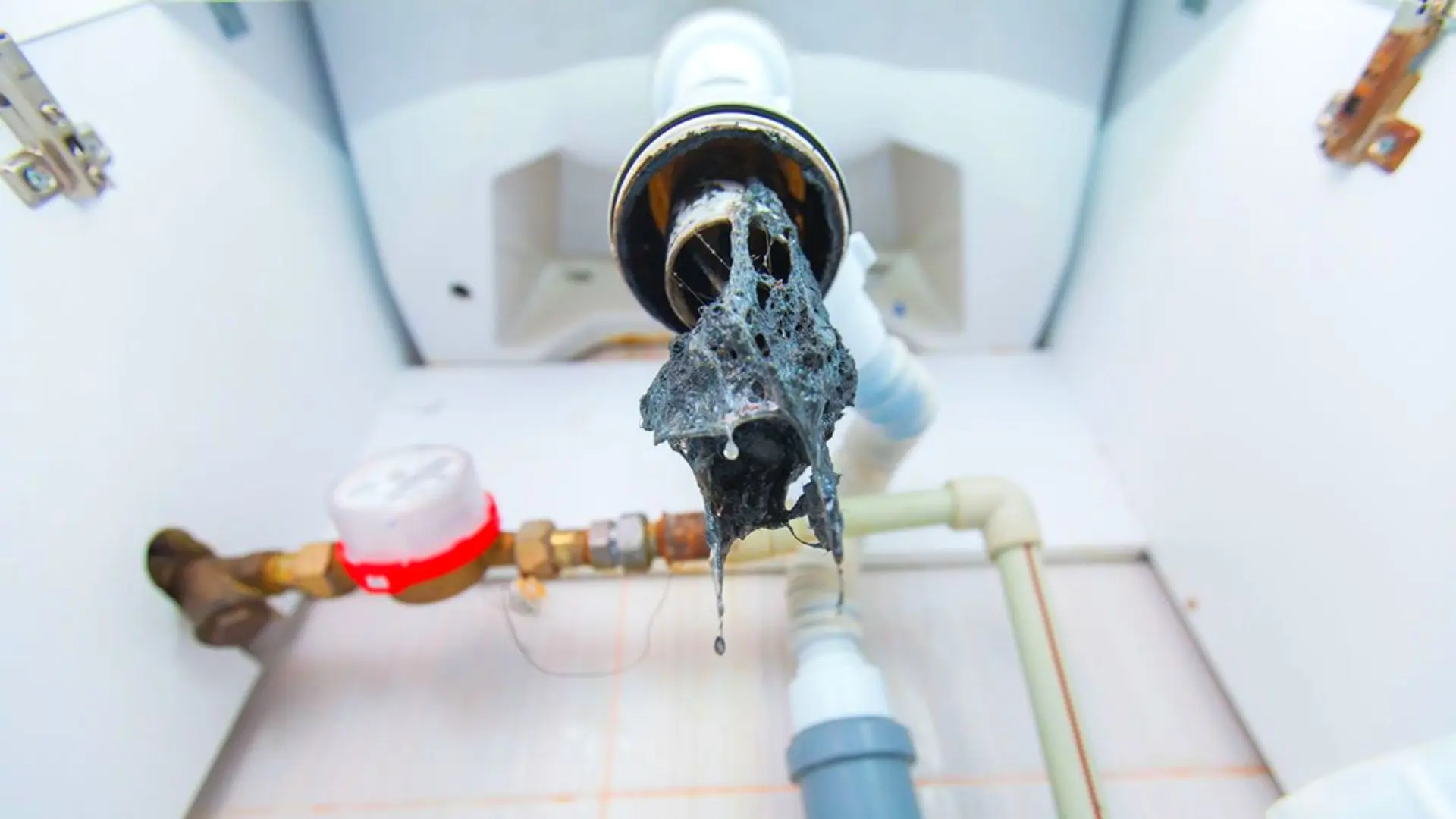Any individual has their private assumption with regards to 4 Ways to Troubleshoot Low Water Pressure.

Low tide stress in your home can be a frustrating trouble, impacting everything from bathing to washing recipes. If you're experiencing weak water flow, there are numerous possible reasons and services to discover. In this guide, we'll go over common reasons for low tide pressure and functional actions to deal with the concern effectively.
Intro to Low Water Stress
Low tide pressure happens when the flow of water from your faucets, showers, and other components is weak than typical. This can make day-to-day tasks much more tough and much less reliable. Understanding the causes of low tide stress is essential to discovering the appropriate service.
Common Reasons For Low Tide Pressure
Faulty Stress Regulators
Stress regulators are accountable for keeping regular water pressure in your home. If they malfunction, it can lead to low tide stress or irregular flow throughout your home.
Local Supply Of Water Issues
In some cases, the problem exists outside your home. Community water supply concerns, such as main line leaks or upkeep work, can momentarily decrease water pressure in your area.
Pipeline Obstructions
In time, pipelines can become clogged with mineral deposits, debris, or particles, restricting the circulation of water. This is an usual problem in older homes with galvanized steel pipes.
Deterioration
Corrosion within pipes can bring about leakages and reduced water stress. Rust build-up can tighten water circulation, especially in maturing plumbing systems.
Just How to Identify Low Tide Pressure
Inspecting Pipes
Examine noticeable pipes for indicators of leakages, corrosion, or clogs. Take note of any kind of unusual audios, such as knocking or rattling pipelines, which might show problems within the plumbing system.
Consulting with a Plumber
If you're incapable to determine the reason for low tide stress, consider employing an expert plumber to conduct an extensive evaluation. They can recognize underlying problems and advise proper solutions.
Examining Faucets and Components
Start by checking the water pressure at different taps and fixtures throughout your home. If the concern is separated to particular locations, it may suggest local problems.
DIY Solutions to Take Care Of Low Tide Pressure
Flushing Hot Water Heater
Debris accumulation in the water heater can limit circulation and decrease performance. Purging the tank occasionally assists remove debris and maintain optimum performance.
Examining Pressure Regulatory Authority
Guarantee that the stress regulator is operating properly. Readjusting or replacing the regulator can assist restore proper water pressure throughout your home.
Cleaning Up Aerators and Showerheads
Natural resources can build up in aerators and showerheads, minimizing water flow. Remove and clean these components routinely to improve water pressure.
Clearing Up Clogs in Piping
For small blockages, try using a plumbing serpent or chemical drainpipe cleaner to clear obstructions in pipes. Be cautious when making use of chemicals and follow safety standards.
When to Call a Professional Plumber
If do it yourself initiatives fail to resolve the problem or if you believe significant plumbing issues, it's finest to look for assistance from an accredited plumber. They have the knowledge and tools to attend to intricate concerns securely and efficiently.
Preventive Measures to Preserve Water Pressure
Setting Up a Pressure Booster
Think about setting up a pressure booster pump to enhance water pressure in locations with continually reduced circulation. This can be particularly useful for multi-story homes or properties with high-demand components.
Tracking Water Usage
Be mindful of water use routines and prevent ill-using the plumbing system. Basic modifications, such as staggering showers and washing loads, can aid maintain sufficient water stress.
Routine Upkeep
Set up regular upkeep for your plumbing system to avoid issues such as rust, leakages, and blockages. Attending to minor troubles early can assist stay clear of even more substantial repair services later on.
Final thought
Managing low tide pressure can be discouraging, yet determining the underlying causes and implementing appropriate services can bring back optimum circulation throughout your home. Whether it's cleansing aerators, examining pipelines, or seeking advice from a plumber, taking positive actions can ensure a consistent supply of water for your day-to-day requirements.
FOUR WAYS TO FIX LOW WATER PRESSURE NOW
Turning on a shower or faucet only to find the water comes out in a sad, slow drizzle is never a good feeling. How exactly are you supposed to wash a pan or take a quick shower when it takes 10 minutes just to rinse off a little soap? The good news is that when your water pressure is bad, there's always a cause: typically one that can be easily fixed. Here are some of the most common causes of low pressure and what you can do to fix the issue:
DEBRIS AND MINERAL DEPOSIT BUILDUPS
If you notice low water pressure from just one or two of the fixtures in your house, the problem likely has to do with debris buildup. Water is full of minerals and other debris, all of which can accumulate in your pipes and on your fixtures. This can cause a blockage that affects how much water flows through. To fix this, try filling a small plastic bag with white vinegar, and use a rubber band to hang it around your showerhead or faucet. Let the head of the fixture soak for a few hours, and the vinegar should loosen the deposits.
WATER LEAKS
Leaks are another common cause of low water pressure. If water is flowing out of your plumbing through a hole or crack before it can reach your fixture, the pressure coming out of the faucet or showerhead will be lower. A plumbing professional is your best bet for finding and repairing a leak in your water supply pipes.
Leaks are another common cause of low water pressure. If water is flowing out of your plumbing through a hole or crack before it can reach your fixture, the pressure coming out of the faucet or showerhead will be lower. A plumbing professional is your best bet for finding and repairing a leak in your water supply pipes.
A VALVE ISSUE
If you have low water pressure throughout your home, check your main shut-off valve to make sure it's completely open. You may also want to see if there's a pressure-reducing valve installed. If there is, have a plumber help you adjust the settings to get the pressure you're looking for.
OTHERS USING WATER
Believe it or not, your low water pressure could be caused by your neighbors. If you notice low pressure at certain times of day, it may be because you and the people living next to you have similar schedules - when everyone is showering at the same time, the pressure will be lower in every home. Low pressure throughout the neighborhood may also be caused by an issue with your municipal water supply. If that's the case, call the supplier to see if they're working on the issue.
https://www.rotorooter.com/blog/water-leaking/low-water-pressure-fixes/

We had been made aware of that write-up on Low Water Pressure in the House? from a friend on our other web blog. Are you aware of someone else who is involved in ? Please feel free to promote it. Kudos for being here. Kindly visit our website back soon.
Click Here